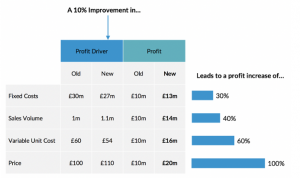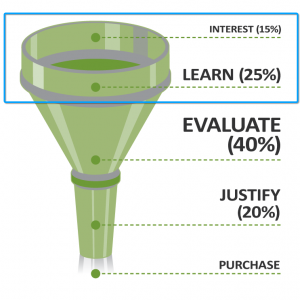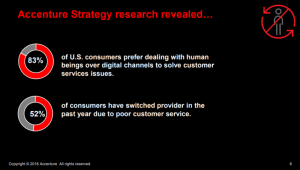Performance management is changing with the evolving workforces, work structures, and new technologies. If organizations are committed to developing their talent, then adapting to the current world of work is imperative.
Here are some of the biggest trends in performance management so you can stay up to date with current performance management strategies.
1) Continuous performance management
The annual performance reviews rarely provide an accurate representation of employee performance. 51% of employees find these annual performance reviews inaccurate and 90% believe they are painful and ineffective. To that end, many organizations are transitioning away from annual reviews. One study by Deloitte reported that 76% of the surveyed organizations are reinventing their performance management to be more continuous to satisfy the needs of employees. This includes implementing real-time, continuous feedback. Furthermore, implementing continuous 360 feedback can help organizations get an even more accurate picture of employee performance. By employees receiving feedback from their manager but also their peers, who they work with on a day-to-day basis, they can better understand what their strengths and weaknesses are. If you are implementing 360 feedback, we suggest looking into a 360 feedback software which can make the process of sending, requesting, and storing feedback much more intuitive.
Continuous feedback encourages employee development and accelerates skills development. It also increases the communication and trust between managers and direct reports. While continuous performance management cannot be implemented overnight (as it takes time and training), transitioning from the traditional once-a-year reviews to continuous feedback will increase the likelihood of employees’ success, and hence organizational success. In fact, out of the companies that introduced continuous performance management, 50% of them reported being more satisfied with their performance management processes and were able to outperform their competitors by 24%.
Not only is increased success and productivity a benefit of implementing continuous performance management, but there is also an increase in employee engagement, retention, and happiness. A study done by Betterworks claimed that 66% of companies who prioritize continuous performance management can boost employee productivity all year long, compared to just 35% of those who don’t.
2) People analytics is no longer a want, it is a need
84% of HR leaders surveyed from Deloitte claimed that people analytics is imperative. Having employee performance data allows for more educated decisions to be made about your talent. Without data, making strategic people decisions can be challenging. Organizations need to be able to develop their people. This is particularly true in professional service firms where your people’s services are what you are selling. People analytics can provide professional services insight into their employee’s strengths, weaknesses, and well-being, so better talent and training decisions can be made.
3) Transparency in leadership
A growing trend in performance management is transparency in leadership, and it is becoming one of the most sought-after traits that employees are looking for in an organization. In fact, 52% of Gen Z’s and Gen Y’s state that the most important quality for being a good leader is honesty and transparency. For leaders in the workplace, transparency means communicating less over email and through third-party communication. Leaders needs to show up and become more personally engaged with their employees via face-to-face and/or video interaction and with greater frequency. Moreover, leaders should keep their employees in the loop with good and bad news (without oversharing) and welcome honest feedback will help build trust in within teams.
4) Emphasis on employee experience
Employee experience have been a buzzword in the HR community. Employee experience is the journey an employee takes with your organization. It includes every interaction that happens along the employee life cycle – from the initial interview process to off-boarding. 83% of HR managers believe that employee experience is key to organizational success. In fact, developing a great employee experience can lead to staff feeling happier, more productive, and motivated. Creating a better employee experience comes down to two key factors: leadership and workplace practices.
Conclusion
While many organizations may find it a challenge to adjust to change, these new trends taking place in performance management are helping many organizations operate in new ways. All organizations should ensure they are staying up with the latent trends as it can have a direct affect on their success!
This article originated from Pavestep.com.
Business & Finance Articles on Business 2 Community
(49)










